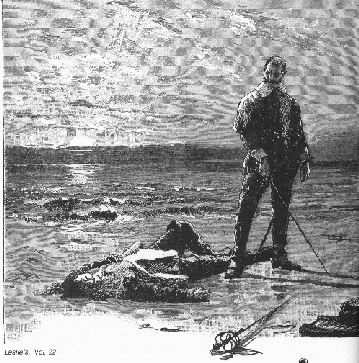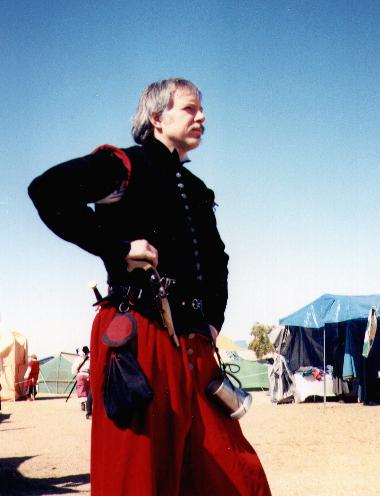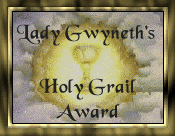

All of the works contained on this site are covered by copyright. I give open permission for anyone to link to this site but reserve the right for these materials to be used in any other fashion. If you wish to use passages in other scholarly works you may do so with proper citation. If you would like to copy whole sections you must contact me in advance.
Enjoy!
The English at the end of the 16th Century followed the continental fencers in taking on the use of the rapier. In defense of English technique, George Silver published a treatise called the Paradoxes of Defense. This treatise was used to espouse the use of the English weapons and to downplay the use of the rapier. Silver hated the Italians and Spanish and made sure that his readers knew that these styles were more dangerous for the user than good English practices. He also wrote a treatise on his Paradoxes called Brief Instructions. Two Italian Elizabethan Masters of note were Saviolo and Di Grassi.. Saviolo' s works cover not only his view on fencing mechanics but also honor. Di Grassi in the author's opinion is one of the finer manuals translated to English in this time period. There is a move now to compile electronic copies of existing early fencing manuals. Some translation is also being done. As I obtain manuals (or links to manuals) I will add them into the Masters section listed below.
Dana Groff, another scholar of defense and researcher in period fencing has information available for the scholar of the art. His reference points to a number of period manuals.
This treatise is intended as a guide and help for those that wish to take part in rapier play as a combat sport as well as theatrics. A number of groups study and practice period swordplay. A list of some of these groups is provided below. These pages are a historically accurate work that anyone studying the Art of Defense should be able to use.
I have a copy of Caranza! I have two people working on the traslation and will place the translation as it becomes available on this site (see link above).

A number of people are now studying not only period fencing techniques but also the blades themselves. I have begun a study of period blades and as I obtain information on period pieces I will endeavor to place the information on a blades page. If you have any information you would like to contribute in this area, please contact me.
Coming soon -- PDF files of Caranza in Spanish, Vigianni, Angelo,
and other early manuals.

I teach at a number of seminars each year. The last one of note that I taught at was the Lansing Swordfighting and Martial Arts Convention May 12-14 2000. I have a number of pictures up from that event.
I am especially looking for electronic copies and translations of the Italian and Spanish Masters. I currently have copies of Agrippa, Capo Ferro, Marozzo, Giganti, Silver, Saviolo, Grassi (Italian & English), Lovino, Viggiani, Didier (French & English), Thibault (English), Pallas Armata and Swetnam (most in hard copy only).
William Wilson is known in the SCA as Baron Master Gwylym
ab Owain, OP OL DWS., Former Atenveldt Kingdom Marshal of Fence, Former
Captain of the Queen's Musketeers, Provost of the Tattershall
School of Defence. Mr. Wilson runs a school of fence in Northern Arizona
and teaches foil, epee and saber as well as rapier play.
